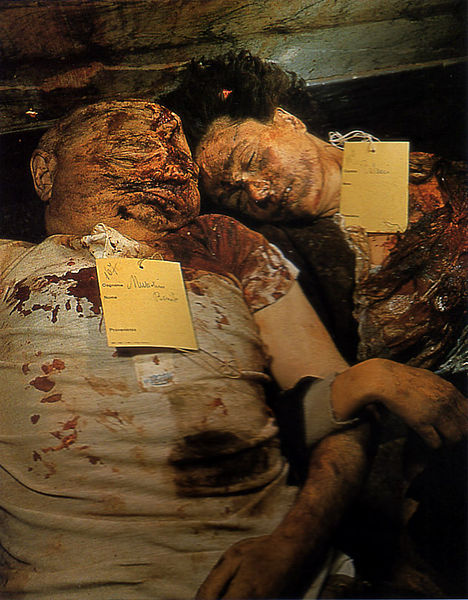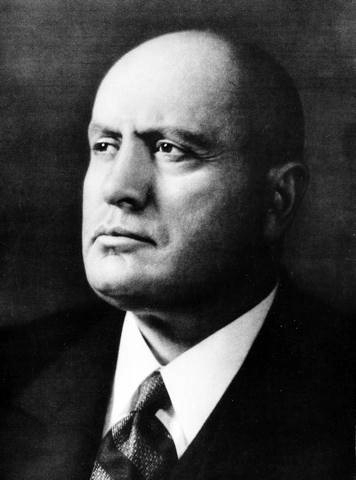Mussolini’s Fascist Party grew in popularity at the end of the First World War and in October 1922 his supporters staged the ‘March on Rome’. Mussolini was initially the senior partner in the European Fascist movement and when Adolf Hitler began his political career he did so in conscious imitation of the founder of the Italian fascist state. This situation was soon to reverse. By the time Italy entered the Second World War in 1940 Mussolini’s international importance was in decline and his loud bombast could not disguise Italy’s weak economy and her unpreparedness for war. A meeting of the Italian Fascist Grand Council on 24 July 1943 passed a motion which gave the King control of the Italian armed forces. On the following day Mussolini was arrested and imprisoned.

His successor, Field Marshal Badoglio, surrendered to the Allies in September, but three days later German troops seized Rome and rescued Mussolini. He was arrested on 28 April 1945 in Como by partisan forces and, together with his mistress
Clara Petacci and other fascist associates, shot dead and hung upside-down in a Milan square.
In 1935, Mussolini invaded Abyssinia (now Ethiopia) and incorporated it into his new Italian Empire. He provided military support to Franco in the Spanish Civil War. Increasing co-operation with Nazi Germany culminated in the 1939 Pact of Steel. Influenced by Hitler, Mussolini began to introduce anti-Jewish legislation in Italy. His declaration of war on Britain and France in June 1940 exposed Italian military weakness and was followed by a series of defeats in North and East Africa and the Balkans.
In July 1943, Allied troops landed in Sicily. Mussolini was overthrown and imprisoned by his former colleagues in the Fascist government. In September, Italy signed an armistice with the Allies. The German army began the occupation of Italy and Mussolini was rescued by German commandos.
He was installed as the leader of a new government, but had little power. As the Allies advanced northwards through Italy, Mussolini fled towards Switzerland.
He was captured by Italian partisans and shot on 28 April 1945.

